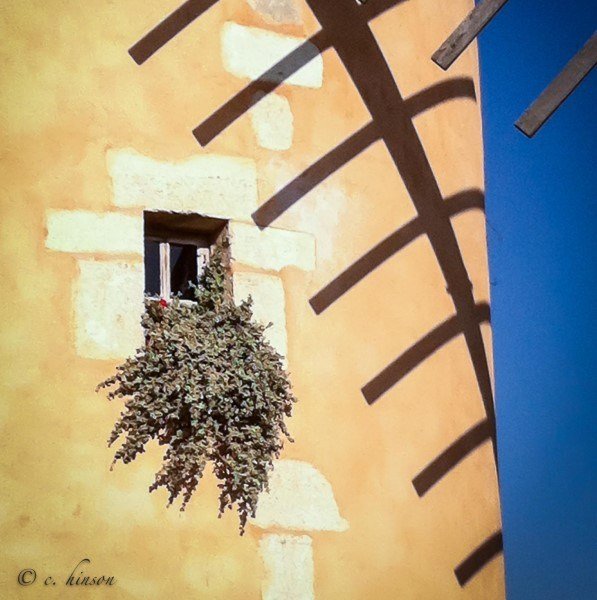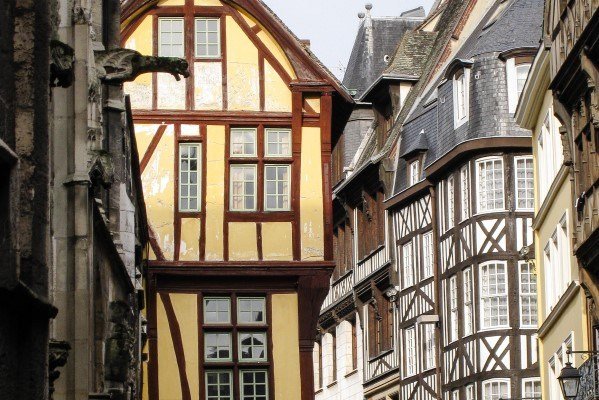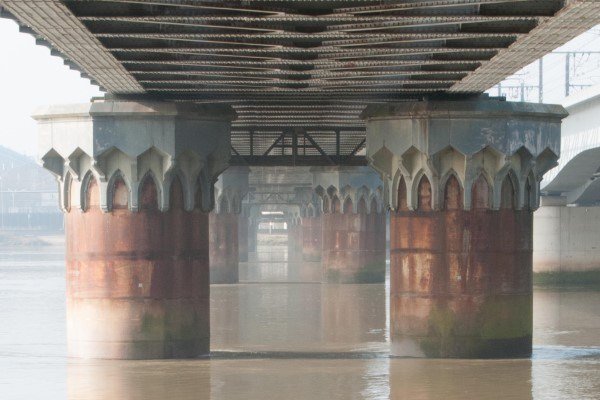Archi-Trouve … Traveling to Discover Historical Architecture
Why do you travel? We each have our reasons. We go to admire art, or to be stunned by natural beauty. We go to escape or expand our lives, to widen our world or perhaps to narrow it to the pages of a book on a beach.
When I travel in Europe where I live, it’s for many reasons, but here is the main one: to see historical architecture. Not the latest hot new architectural mecca in a city center (though that’s interesting too), but the little details that are so beloved in this old and weathered civilization. A quirky door here, an amazing church window there. It’s the incredible richness of adornment through the ages, in cathedral or cottage, that fascinates.

Amis du Moulin du Grand Puy in Bordeaux, France – The history of the mill is a little unclear. There is a stone dated ‘1820’ mortared into the tower but many believe the masonry tower to be decades, perhaps centuries, older. Fully restored, this mill grinds several different types of grains.
That’s why I was thrilled to discover a new blog recently, called Archi-trouve. I love the title: trouve means to find or discover in French, and blogger Cynthia Hinson is an American living in Bordeaux. As she travels in Europe she muses on the architectural jewels, large and small, that she discovers. She writes about them, she photographs them. She searches out the interesting story behind them, and explores their history.

Colombage Rouen, Normany, France – Half-timbered construction brings mid 15th century Tudor England to mind. This building technique, where the structural members are of wood infilled with masonry, used by the Romans is found worldwide, but probably the highest concentration of French half-timbered buildings remains in Normandy, the region northwest of Paris, of which Rouen is the capital.
If you’ve been to Burgundy, you know they’re famous for their Romanesque churches. In her “Who Put the Rome in Romanesque” post, Cynthia explores exactly what that term means. Another day she happens across an old windmill, which gets her thinking about the colorful history of French windmills.

Pont Eiffel – But in 1860 the two banks of the Garonne were permanently connected by a cast iron bridge, finally enabling rail passengers to travel easily from Paris to Bordeaux and further south. The construction of this bridge was the first project of Gustav Eiffel, the 26-year old railroad employee who oversaw its completion.
How nice, these days, that even when works calls or the budget groans, our imaginations can travel so far, right from a computer screen. If you love architecture and history as I do, you’ll be off to Europe too at Archi-trouve, discovering the everyday beauty that many hands over the ages have fashioned.
How nice, these days, that even when works calls or the budget groans, our imaginations can travel so far, right from a computer screen. If you love architecture and history as I do, you’ll be off to Europe too at Archi-trouve, discovering the everyday beauty that many hands over the ages have fashioned.

About the Author:
Cynthia Hinson, author of Archi-Trouve, has a keen eye for historical architectural and the curiosity to share their provenances with you in her blog.